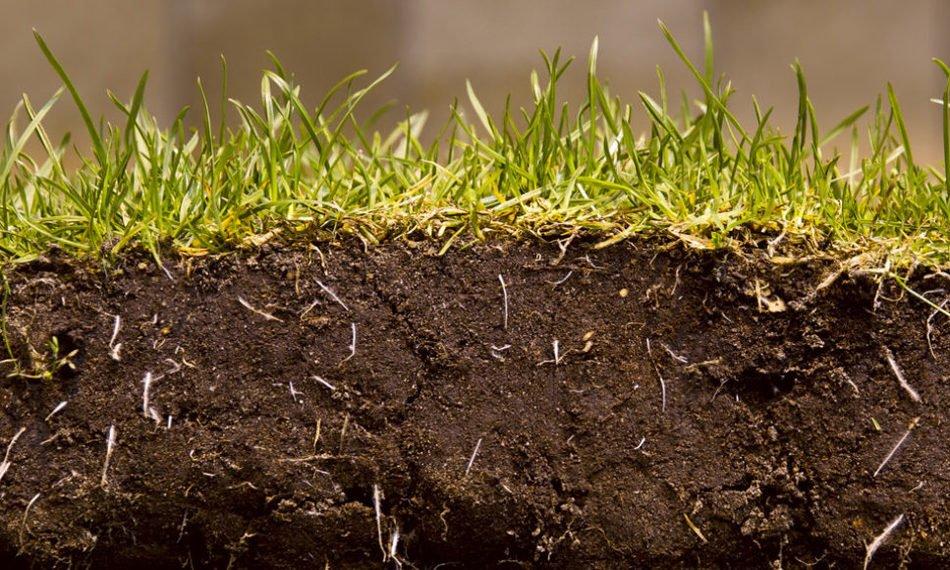Get a 24 hour weather forecast

Louise O’Connor, Agri Technical Graduate
As we face into December, most farmers are running through their winter checklist. However, one of the best things you can do during this period to set yourself up for the following year is to get your soil tested.
 KEY POINT: By soil testing, you can save €23/acre on fertiliser. This is on land with high P and K levels (Index 4) and stocked at 2 dairy cows/ha (0.8cows/acre)
KEY POINT: By soil testing, you can save €23/acre on fertiliser. This is on land with high P and K levels (Index 4) and stocked at 2 dairy cows/ha (0.8cows/acre)
Getting your soil tested is especially important for derogation farmers who are required to get theirs tested every four years. Having a Nutrient Management Plan with regular soil tests allows farmers to assess the current soil fertility status on the farm and to see how the soil fertility has changed since the last set of soil results.
KEY POINT: The annual cost of soil sampling is roughly 50 cents/acre/year. This is the same cost as 0.5 units/acre of P fertiliser
Qualifying farmers with low soil P status on their farms can avail of extra P until 2021 under the Nitrates Action Plan (NAP). This has increased P build-up allowances for P index 1 and 2 soils which will allow an additional 30kg/ha Index 1 soils and 20kg/ha for P Index 2 soils. This only applies to farmers with a grassland stocking rate of >130kg N/ha.
Farmers wishing to avail of these P build-up allowances must submit a nutrient management plan (NMP) to DAFM so it’s highly advised to consult with your area sales manager for help with a fertiliser plan and allow you to target any index 1 and 2 fields to increase fertility.
New applicants for derogation who do not have soil analysis results must assume Index 3 for 2019 but soil sample analysis, in respect of crop year 2020, must be available and the fertiliser plan amended accordingly and submitted online to the Department before 31st March 2020. It’s important to give the lab 3 weeks working time to process your samples.
KEY POINT: Soils with P Index 3 will yield more grass DM than a soil in P Index 1. Approximately 0.6t/acre (or 1.5t/ha) This extra grass could be worth approximately €180/acre (assuming all other nutrients are optimum). *smartfarming.ie
Even if you’re not in derogation, testing your soil yearly or every second year can have major benefits, both for your grass management and for your pocket. Knowing what P & K index each of your fields are, helps aid in management decisions such as where you’ll spread your farmyard manure, which fields to re-seed, which fields need lime and how much of it is needed. There’s also the potential for major financial savings on fertiliser as you may discover that you might be able to skip or use low P or K fertilisers on some fields. Or if your fields are at index 4 for both P and K, you may be able to completely skip spreading P and K fertilisers on that field and only provide the field with lime if it’s needed to adjust the soil pH.
I understand that sampling your soil does take time, however we have a highly trained team of over 15 samplers who are on call to help and complete the sampling and deliver the samples to the Agri-business analytical laboratory for you meaning all you need to do is wait for your results to be posted out to you.
Please contact our Inside Sales team a call on 022-31644 if you’d like to request this service or have any questions about getting your soil tested.